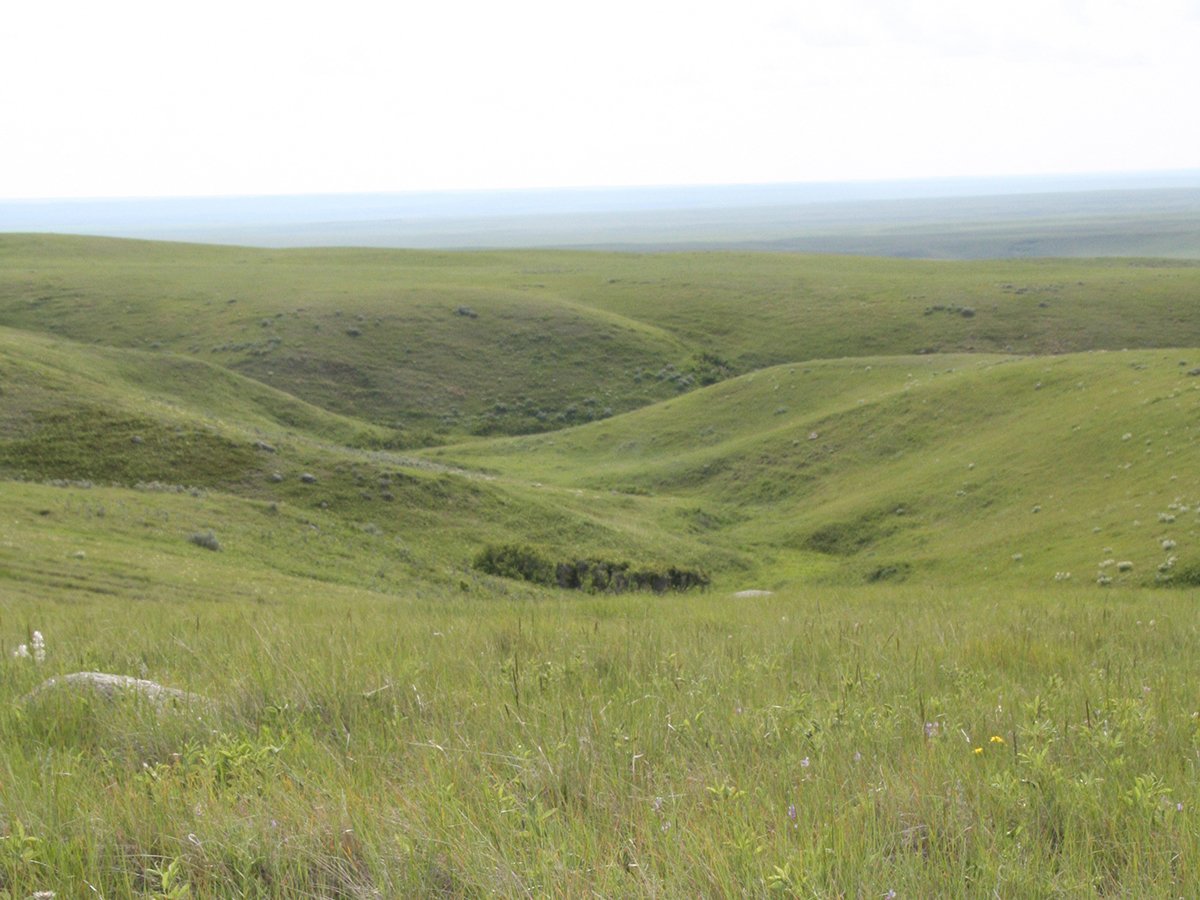The noisy ethanol bandwagon is drawing near, but western livestock feeders are not anxious to join the parade.
Many cattle feeders are raising questions about how biofuel plants, which they view as a subsidized competitor for feed grains, might affect the livestock industry’s bottom line, and whether the government is sincere about environmental concerns.
“It’s a big deal for animal agriculture to see how much corn we are going to burn in our SUVs,” said Erik Butters, chair of Alberta Beef Producers.
Ron Axelson, a former manager of the Alberta Cattle Feeders Association, argued that the grain and livestock industries must start talking to government.
Read Also

Alberta irrigation project on grasslands approved
Environmental concerns raised by Alberta conservation groups over irrigation expansion project within rural municipality
“The average farmer is going to see this as a silver bullet. That could turn into a lead bullet fairly quickly because if they make the livestock industry uncompetitive and it goes down, the rest will collapse fairly quickly,” Axelson said.
Butters said one industry should not be sacrificed for another.
“The grain sector in Canada has had a tough, tough go the last number of years and we realize they need to get a better price for their product or they are going to be gone,” he said.
Recent increases in corn prices in the United States, which was followed by barley price increases, make it more expensive for feedlots operators and swine producers to carry on their business.
“We are now competing against a heavily subsidized industry for the same feedstock and that could put us in a particularly difficult situation, especially if we did get the drought or we had some serious production glitch in North America,” said Butters.
He added that the demand from the ethanol industry will be steady because of a federal mandate that would force all fuel to contain five percent ethanol.
Stuart Thiessen, who feeds cattle at Strathmore, Alta., said it would be logical to build biofuel plants near feeding regions so feeders can use the dried distillers grain byproduct from the plants, but that may not happen.
“This is driven by government subsidy and policy. They are going to locate where the best policy is from the government,” Thiessen said. “That overrides any other logical decision.”
Cattle rations can use up to 35 percent distillers grain, a byproduct of ethanol, but it is high in protein and could produce too much nitrogen in manure, which will require more land for spreading.
Biofuel’s impact on swine producers also presents obstacles, said Jurgen Preughchas, a hog producer and chair of Alberta Pork.
“We know as there is more competition for feed grains that it is going to affect our largest input in terms of cost,” he said.
Preughchas wants regulatory change to introduce higher yielding feed barley varieties to Western Canada. He blames the Canadian Wheat Board and Canadian Grain Commission for not pushing harder.
“You’ve got a controlled, regulated system in Western Canada through the wheat board that encourages the production of malt varieties, which are not good varieties for the feeding industry,” he said.

















